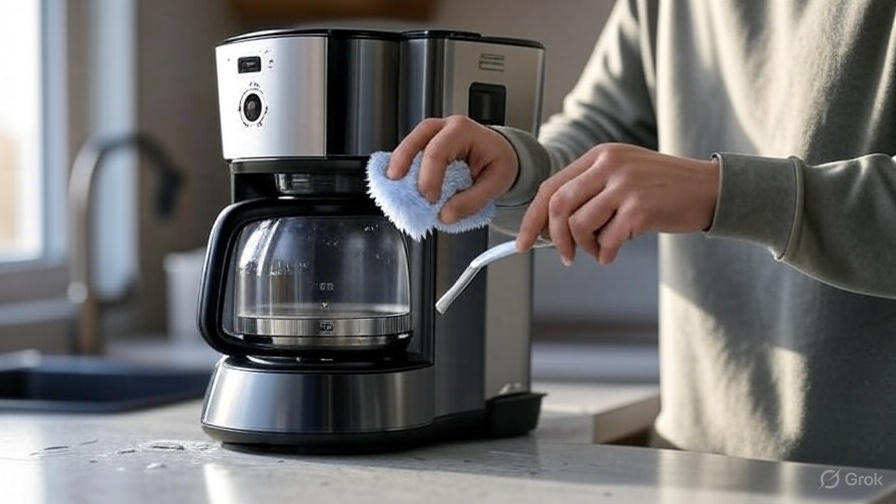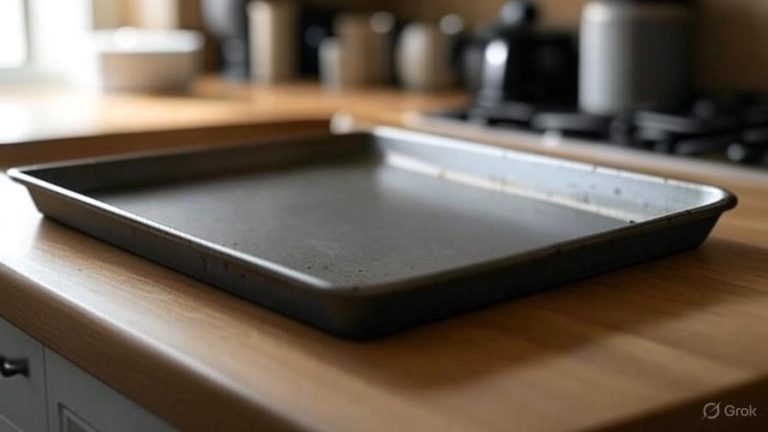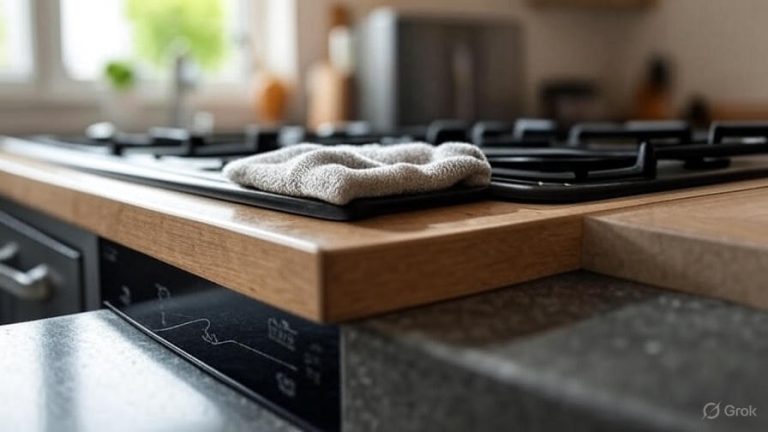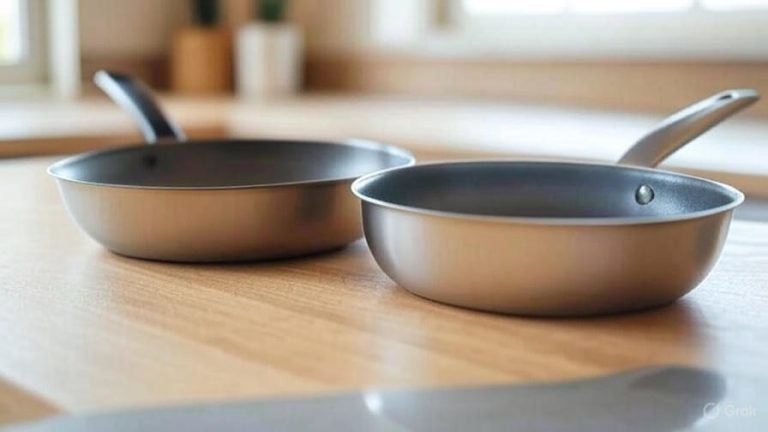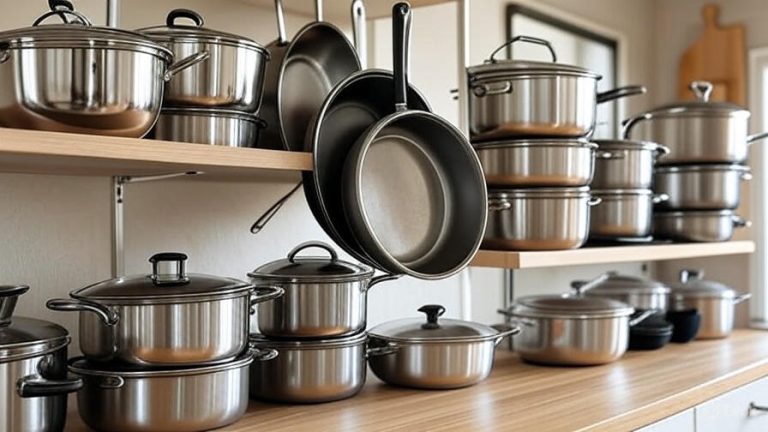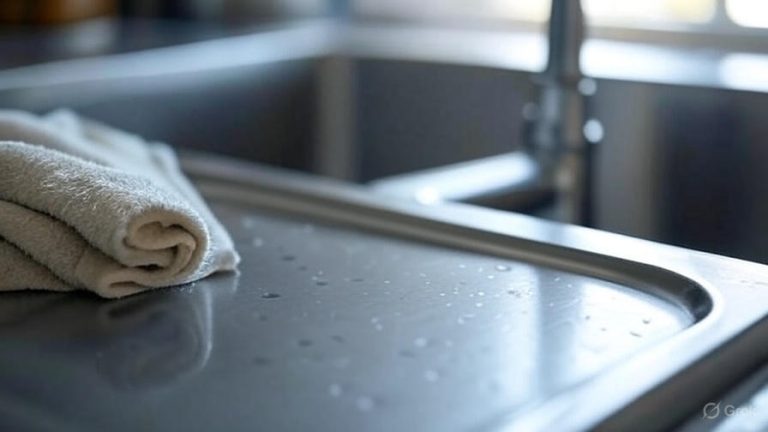How to Clean Your Coffee Maker?
Coffee makers work hard every day to deliver that perfect cup of joe, but they need regular maintenance to keep performing at their best. A dirty coffee machine can produce bitter, stale-tasting coffee and become a breeding ground for bacteria and mold. Learning how to properly clean your coffee maker will extend its lifespan, improve your coffee’s taste, and protect your health.
Why Coffee Maker Cleaning Matters
Your coffee brewing equipment faces constant exposure to water, coffee oils, and mineral deposits. These elements combine to create the perfect environment for bacterial growth and buildup that affects both taste and machine performance. Regular cleaning removes these contaminants and keeps your morning routine running smoothly.
Coffee residue accumulates in hard-to-reach places within your machine. The water reservoir, internal tubing, and brewing chamber collect oils and particles that turn rancid over time. This buildup creates off-flavors that overpower the natural coffee taste you’re trying to enjoy.
Hard water minerals also pose a significant challenge for coffee machines. Calcium and magnesium deposits form scale that clogs internal components and reduces water flow. This mineral buildup forces your machine to work harder and can eventually lead to complete failure if left untreated.
Essential Cleaning Supplies
Before starting the cleaning process, gather these basic supplies that you likely already have at home. White vinegar serves as the primary cleaning agent for most coffee maker maintenance tasks. Its acidic properties dissolve mineral deposits and kill bacteria without leaving harmful residues.
Baking soda provides gentle abrasive action for scrubbing removable parts. This common household item neutralizes odors and removes stubborn stains without scratching surfaces. You’ll also need dish soap for basic cleaning of external components and removable parts.
Clean water plays a crucial role in the cleaning process. Use filtered water when possible to avoid introducing new minerals during the cleaning cycle. Paper towels or clean cloths help dry components and wipe down surfaces after cleaning.
A soft-bristled brush or old toothbrush reaches into crevices and corners that cloths can’t access. This tool proves especially useful for cleaning the water reservoir and other removable components thoroughly.
Daily Coffee Maker Maintenance
Start each day with a fresh, clean coffee maker by following these simple daily maintenance steps. After brewing your morning coffee, allow the machine to cool completely before beginning any cleaning procedures.
Remove the carafe and wash it with warm, soapy water. Coffee oils and residue stick to glass and thermal carafes, creating a film that affects taste. Rinse thoroughly and dry completely before returning it to the warming plate.
The brew basket requires daily attention since it holds the coffee grounds during brewing. Remove the basket and wash it with warm water and dish soap. Pay special attention to the mesh or holes where coffee oils tend to accumulate. Rinse well and allow to air dry completely.
Wipe down the exterior of your coffee maker with a damp cloth. Coffee spills and fingerprints accumulate on the surface, creating an unsanitary environment. Clean the control panel carefully, avoiding excess moisture that could damage electronic components.
Empty and refill the water reservoir with fresh water daily. Standing water becomes stagnant and can develop bacterial growth. Even if you don’t use all the water, starting with a fresh reservoir ensures better-tasting coffee.
Weekly Deep Cleaning Process
Once per week, perform a more thorough cleaning to address areas that daily maintenance doesn’t reach. This process takes about 30 minutes and significantly improves your coffee’s taste and quality.
Begin by unplugging your coffee maker and allowing it to cool completely. Remove all removable parts including the carafe, brew basket, and water reservoir. Wash these components in warm, soapy water and set them aside to air dry.
Clean the water reservoir thoroughly with warm water and a soft brush. Mineral deposits and algae can form in corners and crevices that regular rinsing doesn’t reach. Scrub gently to avoid scratching the plastic surfaces.
The brewing chamber inside your coffee maker also needs attention. Use a damp cloth to wipe down accessible surfaces, removing coffee residue and mineral buildup. Be careful not to get the heating elements wet during this process.
Wipe down the warming plate with a damp cloth when it’s completely cool. Coffee spills burn onto the hot surface, creating stubborn stains that require gentle scrubbing. Avoid using abrasive cleaners that could damage the non-stick coating.
Monthly Descaling Procedure
Descaling removes mineral deposits that accumulate inside your coffee maker’s internal components. This process requires running a cleaning solution through the brewing cycle to dissolve scale buildup.
Create a descaling solution by mixing equal parts white vinegar and water. Fill the water reservoir with this mixture, ensuring you have enough solution to run a complete brewing cycle. The acidic vinegar dissolves calcium and magnesium deposits effectively.
Start the brewing cycle and allow the vinegar solution to run through the machine completely. This process may take longer than normal brewing as the solution works to dissolve mineral buildup. The vinegar smell during this process is normal and temporary.
After the cycle completes, let the machine sit for 15-20 minutes with the solution in the carafe. This soaking time allows the vinegar to continue working on stubborn deposits. Then discard the solution and rinse the carafe thoroughly.
Run two complete brewing cycles with fresh water to remove all vinegar residue. The first cycle removes most of the vinegar, while the second cycle ensures no taste remains. Your coffee maker is now ready for regular use.
Cleaning Different Coffee Maker Types
Drip coffee makers represent the most common type and follow the standard cleaning procedures outlined above. These machines have straightforward designs with easily accessible components that make maintenance relatively simple.
Single-serve pod machines require different cleaning approaches due to their compact design. Remove the pod holder and wash it separately, paying attention to the needle that punctures the pods. Use a paperclip to clear any clogs in the needle holes.
French press coffee makers need special attention for the plunger mechanism. Disassemble the plunger components and wash each piece separately. The metal filter requires thorough scrubbing to remove coffee oils that can turn rancid.
Espresso machines demand more complex cleaning procedures due to their pressurized systems. Follow manufacturer instructions for backflushing and descaling, as these machines have specific requirements for cleaning solutions and procedures.
Cold brew makers typically have fewer electronic components but require thorough cleaning of the brewing chamber and filter system. Soak removable parts in warm, soapy water and scrub away any coffee residue.
Troubleshooting Common Issues
Slow brewing often indicates mineral buildup in the water lines. Descaling usually resolves this issue by removing the deposits that restrict water flow. If the problem persists after descaling, internal components may need professional servicing.
Strange tastes in your coffee typically result from inadequate cleaning or old coffee residue. Perform a thorough cleaning cycle and ensure you’re using fresh, filtered water. Replace the water filter if your machine has one.
Unusual noises during brewing may indicate air bubbles in the system or mineral buildup. Run a cleaning cycle and ensure the water reservoir is properly seated. Persistent noises might require professional inspection.
Weak coffee can result from clogged components or improper coffee-to-water ratios. Clean the brew basket thoroughly and check that you’re using the correct amount of coffee grounds for your preferred strength.
When to Replace Your Coffee Maker
Even with proper maintenance, coffee makers eventually wear out and need replacement. Signs that your machine may be beyond repair include consistent brewing problems despite regular cleaning, cracked internal components, or electrical issues.
Most coffee makers last 5-10 years with proper care. Higher-end machines often last longer due to better construction and components. If repair costs exceed half the price of a new machine, replacement usually makes more financial sense.
Consider upgrading when your coffee needs change or when newer features become available. Energy efficiency improvements and programmable features in newer models can justify replacement even if your current machine still works.
Preventive Maintenance Tips
Use filtered water to reduce mineral buildup and improve coffee taste. Hard water accelerates scale formation and creates more cleaning challenges. Water filtration systems or bottled water can significantly extend your machine’s life.
Store your coffee maker in a dry location when not in use. Moisture promotes bacterial growth and can damage electronic components. If you don’t use your machine daily, empty the water reservoir completely.
Replace water filters according to manufacturer recommendations. Old filters become less effective and can actually introduce contaminants into your coffee. Mark replacement dates on your calendar to maintain consistency.
Keep coffee beans fresh by storing them in airtight containers. Stale coffee oils can accumulate in your machine and create off-flavors that cleaning can’t completely eliminate. Fresh beans produce better-tasting coffee and less residue.
Health Benefits of Clean Coffee Equipment
Clean coffee makers produce better-tasting coffee and protect your health by eliminating harmful bacteria and mold. Regular cleaning prevents the growth of microorganisms that can cause illness or allergic reactions.
Removing coffee oils and residue eliminates rancid flavors that can overpower your coffee’s natural taste. Fresh-tasting coffee encourages proper hydration and makes your morning routine more enjoyable.
Proper maintenance also reduces exposure to cleaning chemicals by making the process more efficient. Well-maintained equipment requires less aggressive cleaning solutions and fewer harsh scrubbing sessions.
Cost-Effective Cleaning Solutions
White vinegar provides an inexpensive and effective cleaning solution for most coffee maker maintenance tasks. This common household item costs less than commercial descaling solutions and works just as well for removing mineral deposits.
Baking soda offers another budget-friendly option for cleaning removable components. Its gentle abrasive action removes stains and odors without expensive specialty products. A small amount goes a long way in maintaining your equipment.
Regular maintenance prevents costly repairs and extends your coffee maker’s lifespan. The small investment in cleaning supplies pays dividends in improved coffee quality and reduced replacement costs.
Environmental Impact
Proper coffee maker maintenance reduces waste by extending equipment life and reducing the need for replacements. Well-maintained machines consume less energy and produce better results with less coffee waste.
Using natural cleaning solutions like vinegar and baking soda reduces environmental impact compared to harsh commercial chemicals. These biodegradable options clean effectively without harmful residues or packaging waste.
Regular cleaning also improves brewing efficiency, reducing energy consumption and coffee waste. A clean machine extracts flavors more effectively, requiring less coffee to achieve the same taste satisfaction.
Conclusion
Cleaning your coffee maker regularly transforms your daily coffee experience while protecting your investment in quality brewing equipment. The simple steps outlined in this guide require minimal time and effort but deliver significant benefits in taste, health, and equipment longevity.
Start with daily maintenance habits and gradually incorporate weekly and monthly cleaning procedures. Your taste buds will notice the difference immediately, and your coffee maker will reward you with years of reliable service. Remember that prevention is always easier than correction, so make cleaning a regular part of your coffee routine.
The investment in proper maintenance pays dividends in better-tasting coffee, reduced health risks, and extended equipment life. Your morning routine deserves the best possible coffee, and a clean coffee maker is the foundation of that perfect cup.

